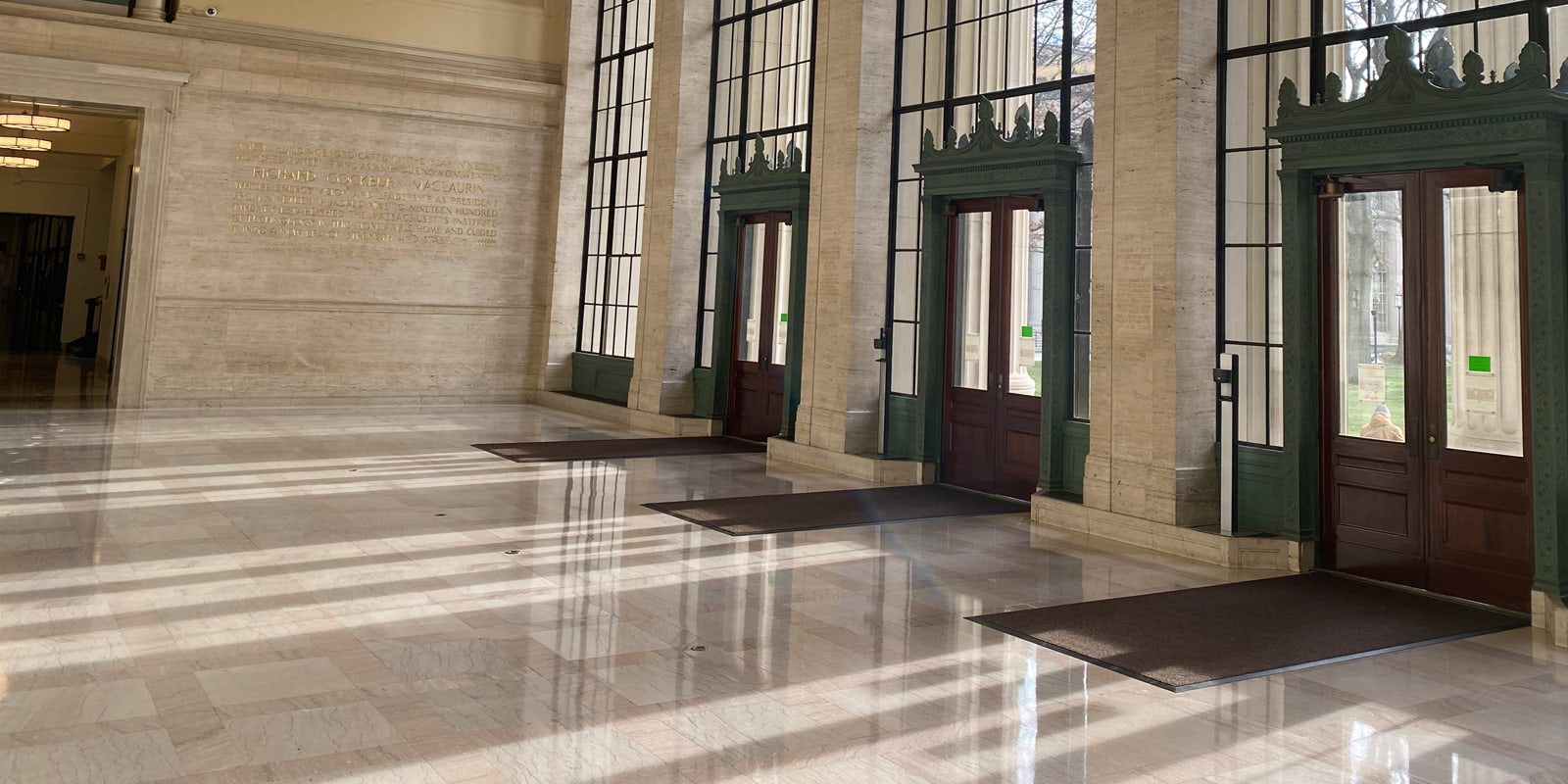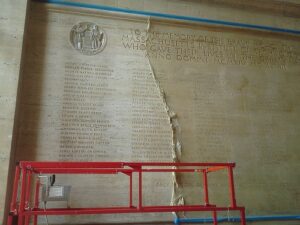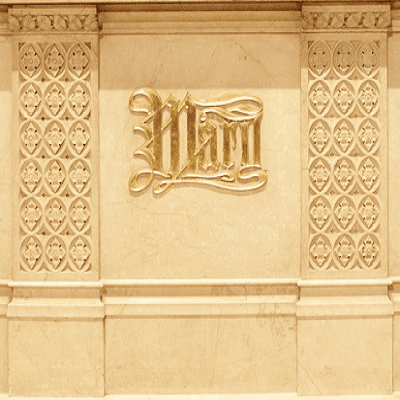Marble has been utilized in architecture for thousands of years. This unique stone is versatile in function and adds a beautiful aesthetic to any building in which it is used. The stone is so durable that it can be found in many historic sites and buildings as old as the Parthenon in Athens, Greece. Because of its rich history as a building material, much can be gleaned from studying marble’s use throughout the various architectural styles. Historic marble buildings themselves provide a wealth of knowledge pertaining to the era in which they were built. Therefore, it is important to maintain the stone and preserve its beauty to both respect the unique qualities of the material and the significance of the building it composes. There are certain methods for the general upkeep and maintenance of your marble which can be implemented without professional help. However, you will often need an experienced stone restoration team to restore or repair your marble if the situation is too severe to be solved through everyday methods. Here are five tips you can employ to better preserve your architectural marble.
Tip #1 Clean the Stone
There are multiple methods you can employ to keep your marble clean. Not only does consistent cleaning help maintain the stone’s aesthetic, but it also helps prevent natural elements from wearing down the marble’s surface. Here are the steps you should take to clean marble.
1) Cater Your Cleaning Methods
Different cleaning techniques are geared towards specific types of stone. Because marble is less dense than other architectural stones, you cannot use as harsh cleaning chemicals as you would if you were dealing with sandstone or granite. The denser the stone, the less susceptible it is to corrode from contact with acidic solutions.
2) Choose the Right Cleaning Materials and Methods
Abrasive cleaning materials such as sand blasters or acidic cleaners can seriously damage marble. It is best to utilize neutral pH cleaners such as water-based solutions. Spirits mixed with water can provide a suitable solution for tough stains but it is important to be weary of applying too great an amount of alcohol to the surface of the stone. Another popular cleaning material is latex. This is often used by professional conservators. John Canning & Co. has often employed the method of latex cleaning to restore different types of stone. Latex cleaning is capable of cleaning large flat surfaces as well as complex figures such as statues.
Latex Stone Cleaning
The process of latex stone cleaning begins with the application of liquid latex to the surface of the stone. This material dries and pulls dirt out of the stone’s pores which is then lodged in the plastic. After the film is completely set, it can be peeled away and any remaining residue can be wiped off of the marble’s surface.
Tip #2 Make an Inspection List
One of the most important steps in maintaining your masonry is the creation of an inspection checklist. Referencing a checklist that notes common issues to look out for, as well as a place to gauge the severity of an issue, is crucial to preserving your stone and monitoring its condition.
Tip #3 Know what Issues to Look For
There are common issues with marble that you should be able to recognize and log into your inspection checklist. Here are some common issues with architectural marble.
1) Efflorescence
Efflorescence is the chemical result of excess moisture coming into contact with the natural salts of the stone. The effect is a white powdery appearance which dulls the aesthetic of the marble. This can be resolved through diligent cleaning with an aqueous solution and sponge.
2) Erosion
Erosion is especially important to look out for when dealing with marble, given the stone’s high level of porosity. Because marble is more porous than many other types of stone, it can absorb oils, dirt, and grime easier than its relatives. These particles will eat away at the stone’s surface and erode the marble. This issue can be avoided with continuous inspections to ensure the surface of the marble is clean. It is especially important to assess areas of the marble prone to contact such as outside masonry or walls within reach of touching.
3) Cracking
Marble’s porosity makes it susceptible to cracking. The leading cause of cracked masonry is the excess of moisture which breaks down the material’s integrity. When marble absorbs moisture in a warm environment and then encounters cold conditions that freeze the water, the ice will expand and crack the stone from within. This issue occurs only when outside temperatures are below freezing and regular cleaning will not be sufficient to ensure no breakage occurs.
Tip #4 Make an Inspection Schedule
Once you have an inspection list drafted, you must create an inspection schedule. This will ensure that you monitor the condition of your marble with consistency and therefore avoid letting a neglected problem subsist. It is important to implement a thorough walk-through at least once-per-month, and to modify your schedule accordingly as issues progress.
Tip #5 Call in Help
Although you can clean the stone without professional service, often times it is smartest to hire professional stone conservators to both repair and restore your marble. You should call in a professional if your marble is cracked, chipped, or embedded with grime that cannot be removed through simple cleaning methods. To ensure that you have the best team for the job, be thorough with your research about which contractor is best suited towards your needs. It is important to look for restoration professionals who have completed numerous projects in the field of marble conservation and who have quality references.
Marble is an iconic part of architecture and has a rich history from which architects, artists, and the public can learn. It is therefore important to preserve historic marble buildings for their continued influence and inspiration throughout society. Conservationists like John Canning & Co. are dedicated to the preservation of this stone and many other building materials.














